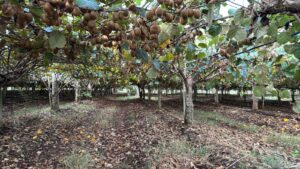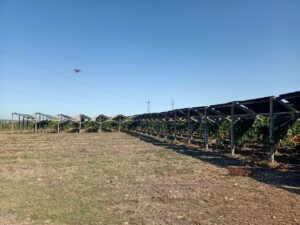Agriculture is a key sector for the Italian economy, but it is also one of the most exposed to risks of various kinds. To address these challenges, the Ministry of Agricultural, Food and Forestry Policies has issued the Agricultural Risk Management Plan (Pgra) 2024, a important support tool for Italian farmers.
How is the Pgra structured?
The Pgra is a strategic plan that aims to provide farmers with a set of tools to manage the risk associated with their business. This plan is based on two main pillars: active defense and passive defense. The active defense comprehends all those agronomic practices that can reduce the impact of the risk, while the passive defense refers to financial instrumentsi, like the insurance policies, which can cover economic losses caused by adverse events.
The tools of the Pgra
The Pgra 2024 makes available to farmers a set of risk management tools. Among these, the most important is the Individual Risk Management Plan (Pgir), which replaces the Individual Insurance Plan (Pai) and the Individual Mutualistic Plan (Pmi). The Pgir is a essential document for joining the passive defense tools, such as insurance policies, mutual funds and the Income Stabilisation Instrument (ISTs).
Furthermore, the Pgra 2024 introduces the parametric policies, which until the last campaign had the status of experimental policies, but which have now been fully included among the combinations that can be financed within the scope of the CAP Strategic Plan (PSP).

Differences from the previous plan
The Pgra 2024 introduces some important news compared to the previous plan. Among these, the most relevant is probably the Pgir, which represents an important step forward in the simplification and effectiveness of risk management tools.
Furthermore, the Pgra 2024 reintroduces the single risk hail guarantee, but only for new insured, and introduces safeguard clauses also only for new insured and for those who have equipped themselves with active defense systems.
Policy Details
Insurance policies represent one of the most important tools for risk management in agricultureThese policies can cover a wide range of risks, including adverse weather events, plant and animal diseases, and fluctuations in agricultural commodity prices.
Policies can be stipulated individually or collectively, and can cover both direct damages (such as loss of production) that indirect damages (such as loss of income).
Policies can be divided into two main categories: traditional policies and the parametric policiesTraditional policies provide compensation for damages actually suffered, while parametric policies provide for the payment of compensation based on the occurrence of a specific event (such as a certain level of precipitation or temperature).
Concessions and contributions
The Pgra 2024 includes a series of incentives for farmers who join passive defense tools. Among these, the most important is probably the possibility of accessing contributions for the stipulation of insurance policies. The taking out of policies is facilitated by theprovision of contributions on insurance premiums by theAgeaThe maximum percentages will vary from 50 to 65% depending on whether the policy has or does not have a damage threshold.
The Pgra 2024 therefore represents an important support tool for Italian farmers, who can count on a series of effective and flexible tools for managing the risks associated with their business. With his integrated approach and his attention to the specific needs of farmers, the Pgra 2024 represents an important step towards a more sustainable and resilient management of the Italian agricultural sector.










Add comment
You must be logged in to post a comment.